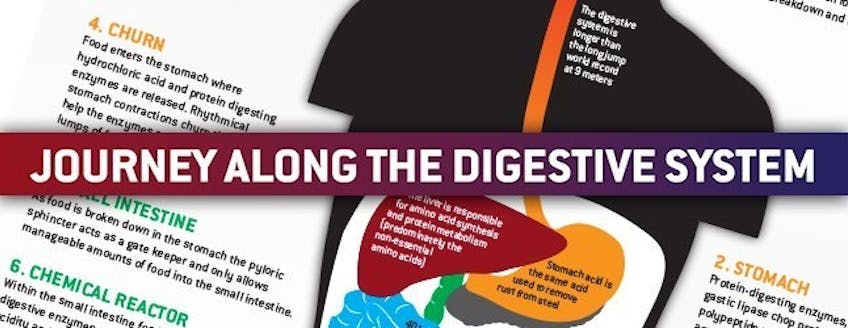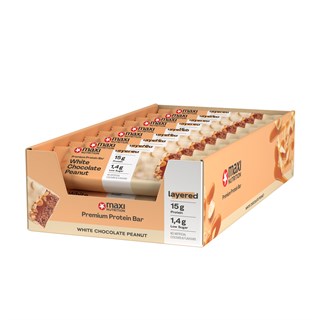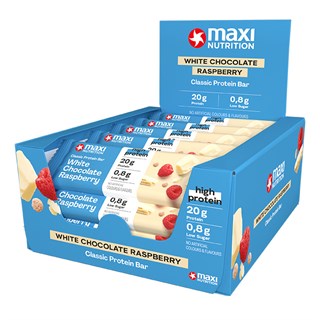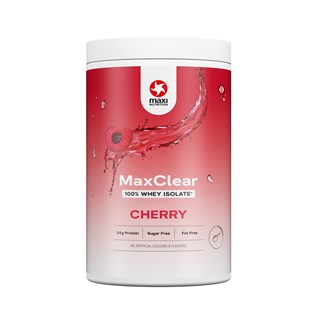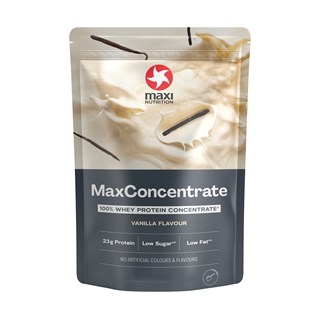Stage 1:
Food:
The journey through the body
- Food - enters the mouth.
- Chew - food is chewed into manageable chunks to make digestion easier.
- Saliva - aids swallowing, saliva makes each mouthful slippery and digestive enzymes are released to help break down the food.
- Churn - food enters the stomach where hydrochloric acid and protein digesting enzymes are released. Rhythmical stomach contractions churn the food to help the enzymes and acid break down the lumps of food into paste.
Protein:
From mouth to muscle
- Mouth - chewing protein rich foods improves the protein breakdown and digestion.
- Stomach - protein-digesting enzymes, such as pepsin and gastic lipase chop protein into smaller polypeptide molecules and protects the protein against microorganisms.
Fun Facts:
- The salivary glands produce more saliva a day than most household kettles hold (1.5 litres).
- The digestive system is longer than the long jump world record at 9 metres.
- Stomach acid is the same acid used to remove rust from steel.

Stage 2:
Food:
The journey through the body
- Small Intestine - as food is broken down in the stomach the pyloric sphincter acts as a gate keeper and only allows manageable amounts of food into the small intestine.
- Chemical Reactor - within the small intestine food is subjected to more digestive enzymes and alkaline bile to stabilise the acidity and separate food particles.
- Absorption - food remains in the small intestine and over time, as nutrients break down, they are absorbed through the walls of the intestine into the blood stream.
Protein:
From mouth to muscle
- Transportation - as these peptides move into the small intestine protease is released by the pancreas to further split the peptides into smaller amino acids.
- Absorption - amino acids are transported through the wall of the small intestine and into the blood stream. The rate of absorption will depend on the protein source.
- Deliver - amino acids are transported in the blood and are reconstructed into amino acid chains where they are needed, for example, for the rebuilding of muscle or maintenance of bone.
Fun Facts:
- The small intestine is longer than the width of rugby goal posts.

Stage 3:
Food:
How does digestion work? Track the journey through the body
- Waste - by the time food enters the large intestine most of the nutrients have been removed, however bacteria squeezes out the remaining nutrients and the remaining water is absorbed, leaving behind dead cells, bacteria and undigested food.
- Rubbish Bin - waste is stored in the rectum until the time is right.
Protein:
From mouth to muscle
- Transformation - any protein not required is then metabolised in the liver where it is either transformed into glucose or fat. This is indicated by an increase of excreted nitrogen in the urine.
Fun Facts:
- Digestion takes approximately 15-30 hours.
- The liver is responsible for amino acid synthesis and protein metabolism (predominately the non-essential amino acids).
- 40 hours time is spent in the large intestine.





